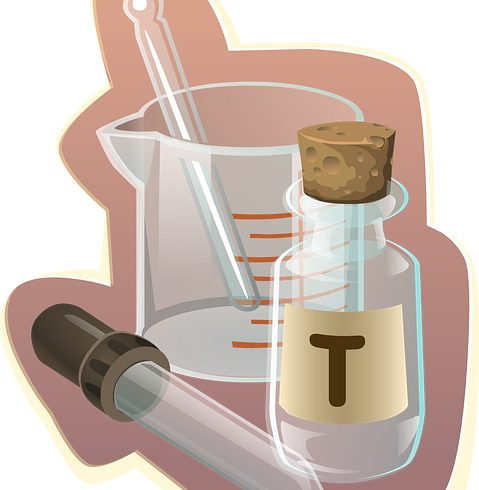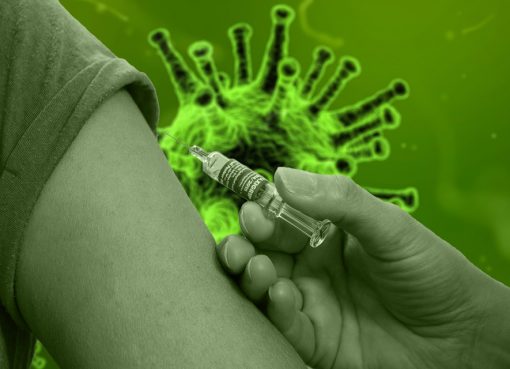Natural pacemaker rather artificial electronic pacemaker
To date, electronic pacemakers are commonly used in patients with dysfunction heartbeat but for the first time human pluripotent stem cells were used to produce biological pacemaker. The research was conducted by a bench of scientist from the McEwen Centre for Regenerative Medicine, at Toronto, Canada. The team generated heart’s chief pacemaker cells i.e., sinoatrial node (SAN) cardiomyocytes from pluripotent stem cells. The natural pacemaker cells were produced in 21 days by using right molecules, at right concentration, in right time and the same have been victoriously tested in rat model. This natural pacemaker has the advantage over electronic one are that it can very well response to the hormones and have the ability to change its size in pediatric patients.
Nature Biotechnology, 2017 doi:10.1038/nbt.3745
Heal your wounds without scars
Researchers from University of Pennsylvania, US have figured out how wounds can be healed to regenerated skin rather than forming scars. The scar tissue looks different from regular skin because it does not contain any hair follicles and fat cells but mainly consist of a type of cells called myofibroblasts. Earlier, it was thought that myofibroblasts are incapable to differentiate to other cell types like fat cells (adipocytes), thereby the scar tissue appear different from normal skin. But this group has found the secret to influence myofibroblasts so that they are stably differentiated to adipocytes. This study identified the factor called Bone Morphogenetic Protein (BMP) released by hair can instruct the myofibroblasts to remodel themselves to adipocytes. The study also forwarded the fact that hair follicle grows first and then adipocytes but both are dependent on each other. The findings were established in lab-grown mice and human keloid cells. The team forecast that their finding may be replicated in living human body and wounds can be healed without scarring. Moreover, they concluded that this strategy has the future potential in treatment of anti-aging where adipocytes may be regenerated in wrinkled skin.
Science, 2017 doi: 10.1126/science.aai8792
Prevent Zika fever with single dose of vaccination
Very recently zika has created havoc in the human population, resulting races among the researchers across the globe to develop most potential vaccine agaisnst zika virus. In the race, scientists from the Perelman School of Medicine at the University of Pennsylvania have developed a new generation vaccine which has the potential to prevent zika virus infection with a single dose. The team developed mRNA based vaccine with modified nucleoside so that it bypass the host immune system and enters the cells where it can produce the vaccine candidate protein using the host cell machinery. The mRNA codes for pre-membrane and envelope glycoprotein of 2013 outbreak strain which are potent vaccine candidate protein. The mRNA were encapsulated with lipid nanoparticles and tested in mice and non-human primates with single low-dose. The experimental results showed that 30µg of vaccine protected mice against challenge with virus at 2 weeks and 5 months post-vaccination whereas 50 µg of it protected non-human primates from a challenge at 5 weeks post-vaccination. The team stated that mRNA vaccines are easier and less expensive to produce compared to other traditional vaccine and the same strategies can be followed to produce other potent vaccines.
Nature, 2017 doi: 10.1038/nature21428
Calcium ions play a crucial role in chromatin fibre compaction
In a new research from Osaka University has revealed that calcium ions play a very vital role in condensation of chromosome during mitosis. This study suggested that depletion of scaffold proteins has least effect in chromosome condensation which indicates involvement of other factor and the group rightly identified it to be calcium ions (Ca2+). The contribution of calcium ions in chromosome condensation was proved both in-vivo and in-vitro condition. The research group demonstrated the influence of Ca2+ in chromosome condensation using Fluorescence lifetime imaging microscopy-Forster resonance energy transfer and electron microscopy. It was obviously explained that in presence of sufficient concentration of Ca2+ the chromosomes achieves a globular structure whereas in its absence expanded fibrous structure, suggestion a vital role of Ca2+ in chromosome condensation.
Scientific Reports, 2016 doi: 10.1038/srep38281
Cows with Tuberculosis-Resistant
For the first time scientists from Northwest A&F University in China has developed genetically engineered cows with increased resistance to tuberculosis (TB). In the experiment, a novel and modified version of the CRISPR system called CRISPR/Cas9n was used for insertion of TB resistance gene ‘NRAMP1’ into the genome. The gene was first inserted into the genome of bovine foetal fibroblast cells, then by a process called somatic cell nuclear transfer, the modified nucleus of fibroblast cell was transferred to ovum of another female which endogenous nucleus is removed earlier. Produced ova were natured in the laboratory condition into embryos and then transferred to foster mothers for normal pregnancy cycle. The team was successful in producing 11 calves with the TB resistance gene stably inserted in the genome. Upon exposure to Mycobacterium bovis, the animals showed to be resistance to the bacteria.
Genome Biology, 2017 doi: 10.1186/s13059-016-1144-4
New drug against Gonorrhoea
In the world of antibiotics, Neisseria gonorrhoeae, the causative organism of gonorrhoea is almost resistance to all categories of antibiotics. Thus, its treatment is a major challenge to scientists of this era. Very recently, a research team from University of York, UK, has found a novel way to develop new antibiotic against it. Previous studies have already documented that carbon monoxide (CO) increases the activity of antibiotics and potent enough to combat bacterial infection. Their experiment proves that Neisseria gonorrhoeae is more sensitive to carbon monoxide based toxicity than other pathogenic bacterial model. Finally, the team suggested that carbon monoxide- releasing molecules (CO-RMs) has the promising potential as antimicrobial candidate to treat gonorrhoea and multi drug resistance bacterial pathogen.
Medicinal Chemical Communications, 2017 doi: 10.1039/c6md00603e




